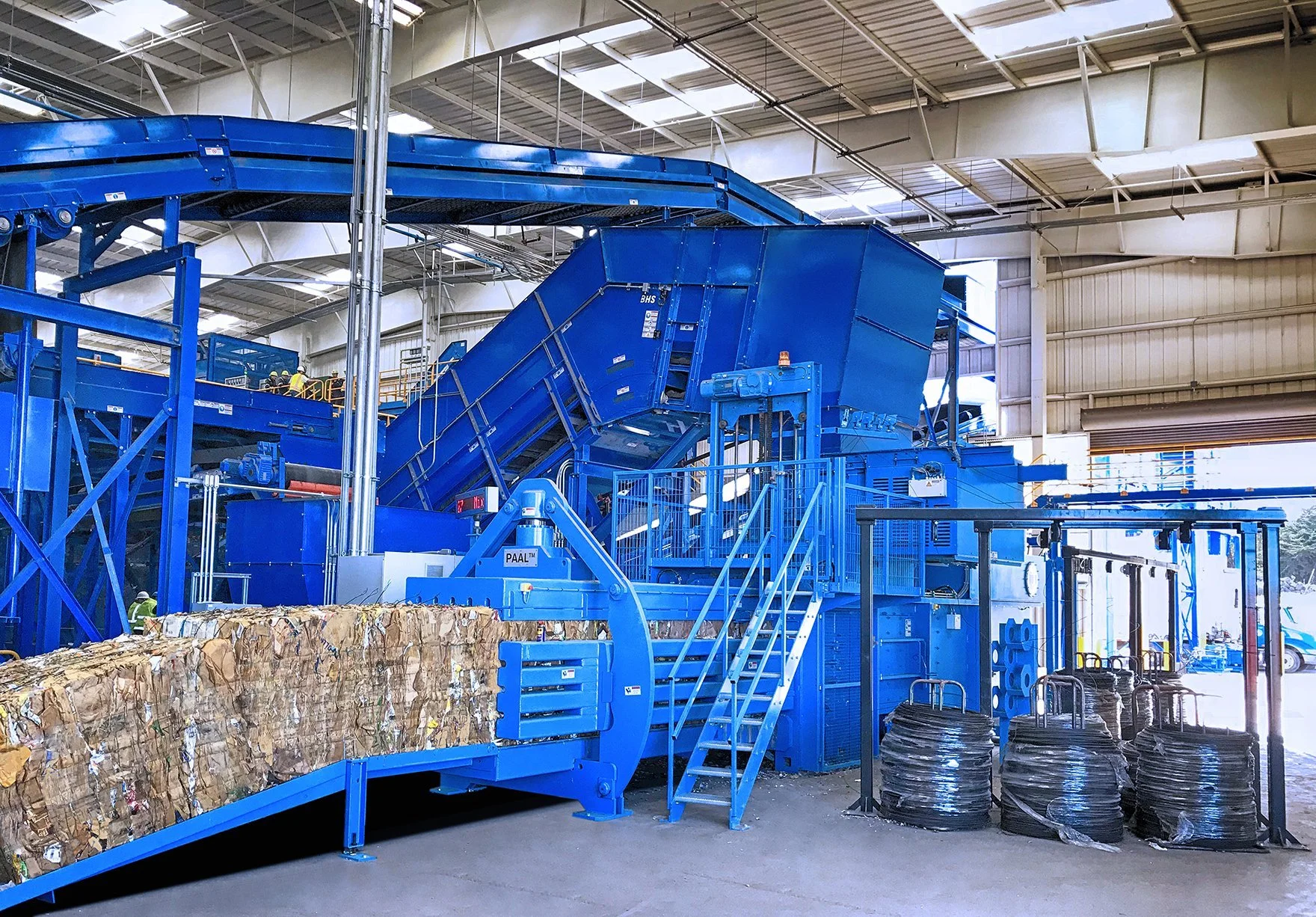Investing in Advanced Balers: A Smart Move for Long-Term Profitability in MRFs
The Business Case for Investing in Advanced Balers: Cost vs. Long-Term ROI
For Material Recovery Facilities (MRFs), efficiency and profitability often come down to equipment performance. Among the most critical pieces of machinery in any MRF is the baler—the workhorse that compacts recovered materials into uniform, transportable bales for sale to end buyers. While upgrading to an advanced baler may seem like a significant investment upfront, the long-term financial and operational benefits can be substantial. In this article, we’ll break down the true cost of advanced balers, outline their expected ROI, and showcase how strategic upgrades can improve margins and productivity.
Why Investing in Advanced Balers Matters
Advanced balers are designed with high-capacity throughput, precision control, and durability in mind. A state-of-the-art baler can mean the difference between consistently producing high-quality bales that meet buyer specifications or falling short due to inefficiencies or downtime. MRFs that invest in the right baler for their operation can expect higher revenue from denser, uniform bales, reduced labor costs due to automated functions, decreased transportation costs from maximizing bale weight, and lower maintenance and downtime compared to older models.
Breaking Down the Costs of an Advanced Baler
Purchasing an advanced baler typically involves several upfront and ongoing costs. Initial purchase prices vary, with advanced balers ranging from $150,000 to over $500,000 depending on the type (horizontal vs. vertical) and capabilities. Installation costs can add $10,000–$30,000 for large balers that require specialized technicians and infrastructure upgrades. High-performance balers generally require less frequent repairs but may have specialized parts that cost more upfront, with preventative maintenance typically costing around $5,000–$10,000 per year. Some manufacturers and suppliers offer leasing options or financing plans, which can help spread the cost over time and preserve capital for other operational needs.
Long-Term ROI: How Upgrades Improve Margins
Despite the initial cost, an advanced baler can provide substantial returns in the following ways. Increased throughput means a high-performance baler can process significantly more material per hour—some models handle 30–50 tons of material per day, compared to older models that may only handle 15–20 tons. This increased capacity translates directly to higher daily revenue. Improved bale density reduces the number of trips required for shipping, saving on transportation costs. For example, if you can increase bale weight by 10% and reduce the number of truckloads needed by 5–10 per year, you’re saving thousands in freight costs. Advanced balers often feature pre-press systems and automatic tying that help create tighter bales with fewer contamination issues, ensuring premium pricing and long-term contracts. Automation features such as self-feeding conveyors, automatic tying, and smart diagnostics reduce the need for manual labor, which can lead to savings of $50,000+ per year, depending on staffing levels.
Market Example: A Real-World Success Story
A mid-sized MRF in the Midwest processing OCC and mixed paper upgraded to an automated horizontal baler. The initial investment was $375,000, but the facility saw immediate improvements. Bale density increased by 15%, reducing annual freight costs by $40,000. Downtime due to repairs decreased by 30%, resulting in a 10% increase in throughput. Labor costs dropped by $60,000 annually thanks to automation. The facility recouped its investment within 2.5 years and increased its profit margins by over 20% in subsequent years.
What to Consider When Upgrading Your Baler
When evaluating advanced balers, consider key factors to ensure the best fit for your operation. Material type is important—determine whether your facility handles rigid plastics, OCC, paper, or mixed recyclables, as some balers are optimized for specific materials. Assess your current and projected volumes to ensure the baler can handle future growth. Look for automation features like automatic tying, smart diagnostics, and energy-efficient motors. Partner with a reputable supplier who can provide maintenance support and replacement parts promptly.
Maximizing Your Investment with Preventative Maintenance
Regular preventative maintenance ensures your baler operates at peak efficiency and reduces unexpected downtime. Key maintenance practices include lubricating moving parts regularly, inspecting hydraulic systems for leaks, replacing worn belts and chains on schedule, and cleaning out dust and debris that can accumulate and cause overheating. By investing $5,000–$10,000 annually in maintenance, MRFs can avoid costly breakdowns that could halt operations for days or weeks.
Is an Advanced Baler Right for Your Facility?
Upgrading to an advanced baler is a strategic decision that requires careful consideration of your facility’s processing goals, material streams, and long-term growth plans. For many MRFs, the increased throughput, improved bale quality, and reduced labor costs can provide a substantial return on investment within 2–4 years. At Midas Peak, we understand the importance of choosing the right equipment to optimize your operations. Our team can help you assess your facility’s needs, connect you with trusted equipment suppliers, and guide you through the process to maximize your ROI.
Ready to scale your MRF with smarter equipment solutions? Contact Midas Peak today and let us help you turn waste into value.

